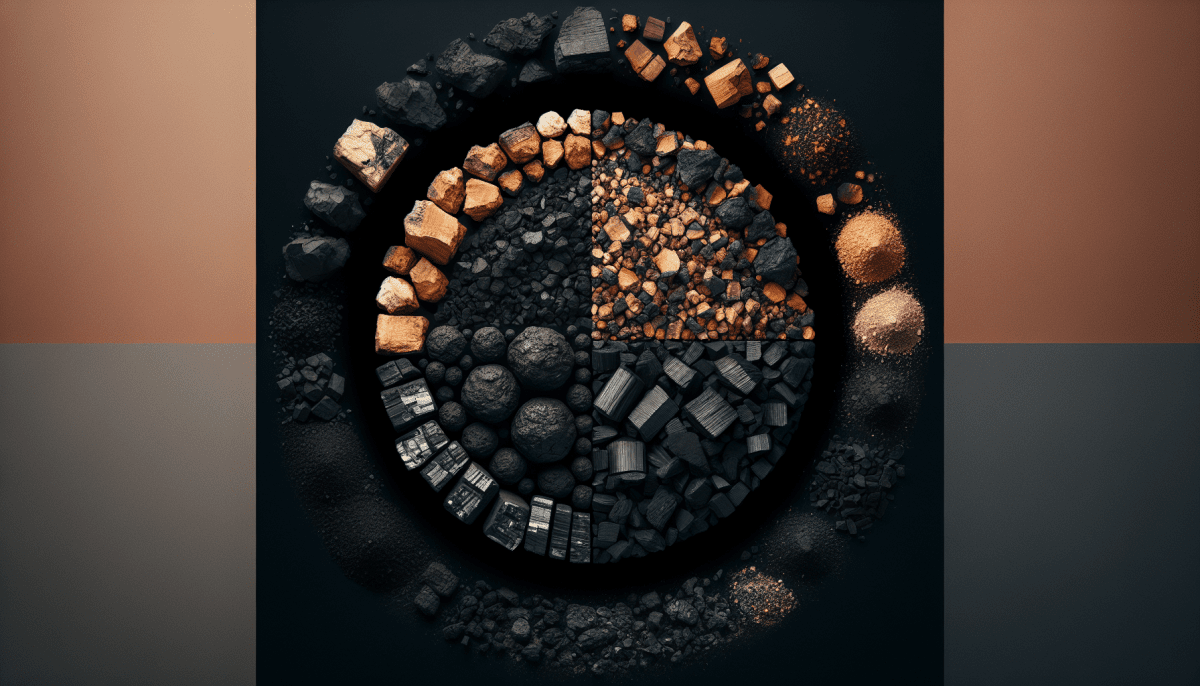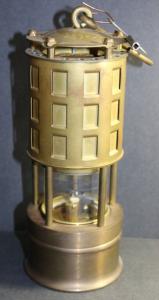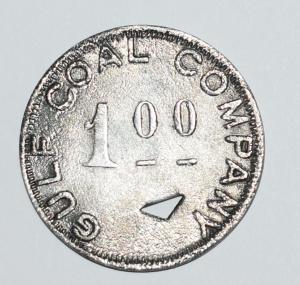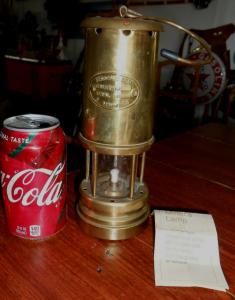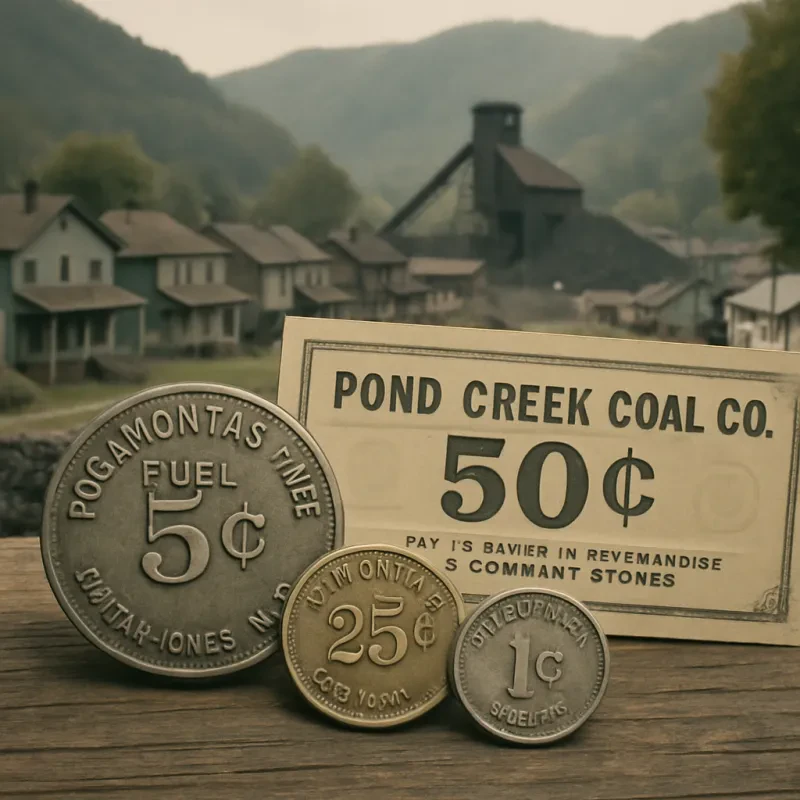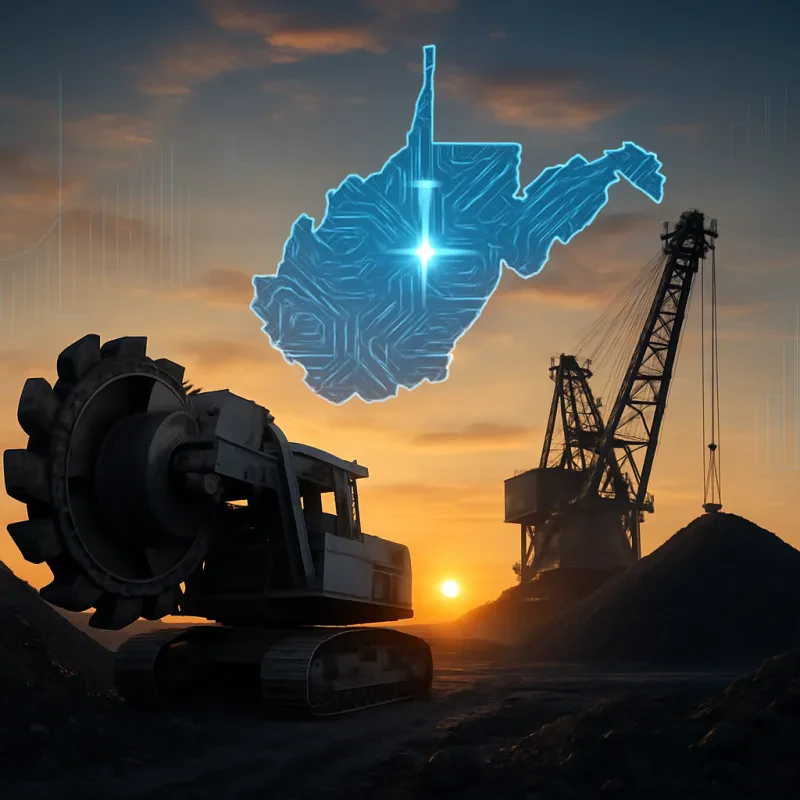Anthracite coal is the highest rank of coal and is known for its shiny, hard appearance. It's a favorite among those who need a reliable source of energy, primarily because of its high carbon content and low impurities. If you're exploring the different types of coal, anthracite is often at the top of the list due to its efficiency and clean-burning nature.
What sets anthracite apart from other types of coal, like bituminous or lignite, is its carbon content—often exceeding 86%. This means it burns hotter and longer, making it an excellent choice for heating homes and powering certain industrial processes. Plus, because it produces less smoke and pollutants, it’s a more environmentally friendly option compared to other types.
Using anthracite also comes with some practical benefits. It’s easy to handle, and its compact form means you can store it without taking up too much space. Whether you’re looking for a heating solution or considering it for your business, it fits well in both residential and commercial settings.
In terms of availability, anthracite is less common than other types of coal, which can make it a bit pricier. However, many find that the investment is worth it due to its efficiency and performance. If you’re keen on using a quality fuel source, checking out anthracite could be a smart move.
What is Bituminous Coal
Bituminous coal is one of the most common types of coal found around the globe. It’s known for its semi-soft texture and is often used for electricity generation and steel production. This type of coal has a carbon content ranging between 45% and 86%, which gives it the ability to burn relatively hot and produce a good amount of energy.
One of the standout features of bituminous coal is its rich carbon content, which means it burns longer and hotter than other types of coal. You'll typically find it in layers, making it easier to mine. The mining process generally involves surface and underground techniques, depending on where the coal is located.
When it comes to quality, bituminous coal is often categorized into two sub-types: thermal and metallurgical. Thermal bituminous coal is primarily used for heating and electricity generation, while metallurgical bituminous coal is essential for making steel. Each sub-type serves distinct purposes, making bituminous coal a versatile choice in many industries.
So, whether you're looking to learn more about energy sources or make informed choices in industrial applications, understanding bituminous coal and its role among the various types of coal can be super helpful. It’s widely used and has a significant impact on both the economy and energy production around the world.
Learning About Sub-Bituminous Coal
Sub-bituminous coal is an interesting type of coal that sits between lignite and bituminous coal in the coal family tree. Often characterized by its dark brown color and lower moisture content, sub-bituminous coal is known for its higher energy content compared to lignite, making it a solid choice for electricity generation. If you're curious about the different types of coal, this one definitely stands out!
This type of coal is primarily found in the western United States, particularly in regions like Wyoming and Montana. Its unique properties make it a popular option for power plants, as it burns more efficiently than lignite and emits fewer pollutants. This efficiency means that using sub-bituminous coal can be better for the environment compared to other forms of coal, which is something to consider when looking at the different types of coal.
When it comes to energy content, sub-bituminous coal typically has a heating value ranging from 8,300 to 11,500 British thermal units (BTUs) per ton. This makes it a great middle-ground option if you need a reliable source of energy without the higher costs often associated with bituminous coal. Plus, it's relatively abundant, which helps keep prices more stable.
Discovering Lignite Coal
When it comes to the different types of coal, lignite is often referred to as "brown coal." It's unique for its soft texture and brownish color, which gives it a distinct look compared to other coals. If you're curious about this type of coal, you're in for a treat! Lignite is known for having the lowest carbon content, usually around 25 to 35 percent, making it a bit less efficient than its harder cousins like bituminous coal.
Lignite is primarily used for electricity generation. Many power plants utilize it because it’s relatively cheap to mine and easy to process. It burns at a lower temperature, which means it releases more moisture and less energy per pound compared to harder coals. This can be a downside, but it also means that lignite is generally more environmentally friendly when used in specific energy setups.
One of the most interesting aspects of lignite is the process of extraction. It's often found near the surface, so mining is less complex and more affordable compared to deep mining for other coal types. However, it does have a shorter shelf life; it can quickly oxidize and lose its value if not stored properly, which is something to keep in mind if you're in the industry or just interested in how different types of coal are sourced and used.
Overall, lignite coal plays a significant role in the energy landscape, particularly in regions where it's readily available. If you're exploring the different types of coal, understanding lignite gives you a clear picture of the complete coal family and its contributions to energy production. So, whether you're looking into coal for power generation or just feeding your curiosity, lignite is definitely worth knowing about!
